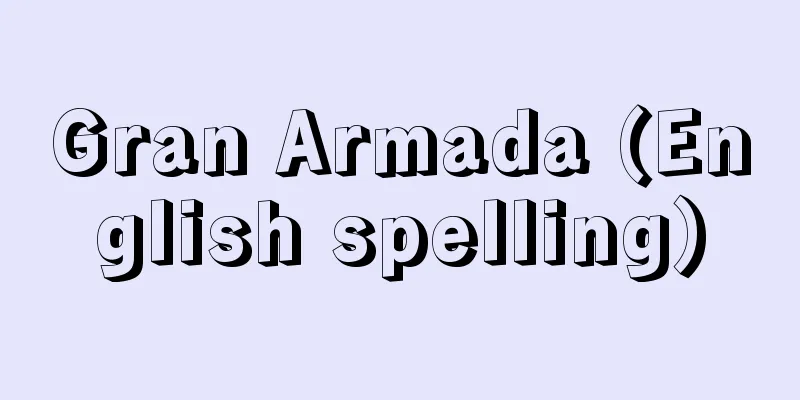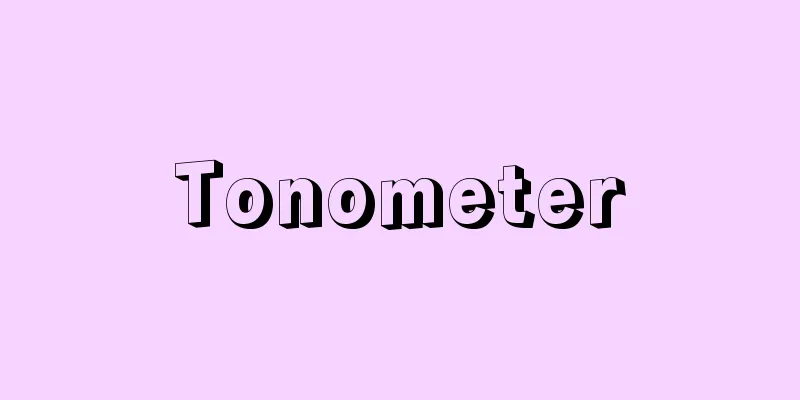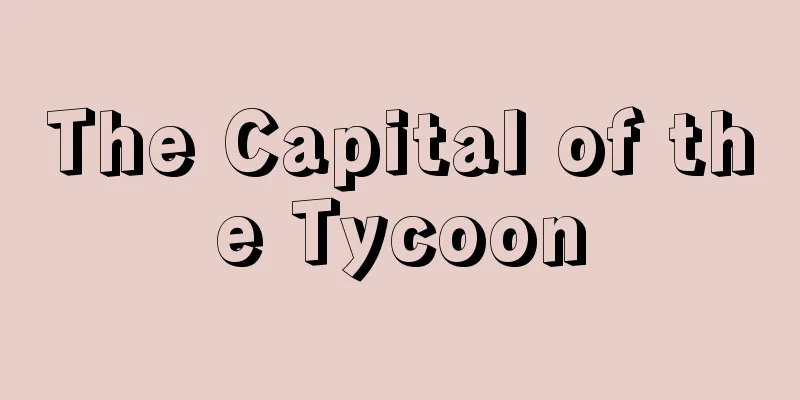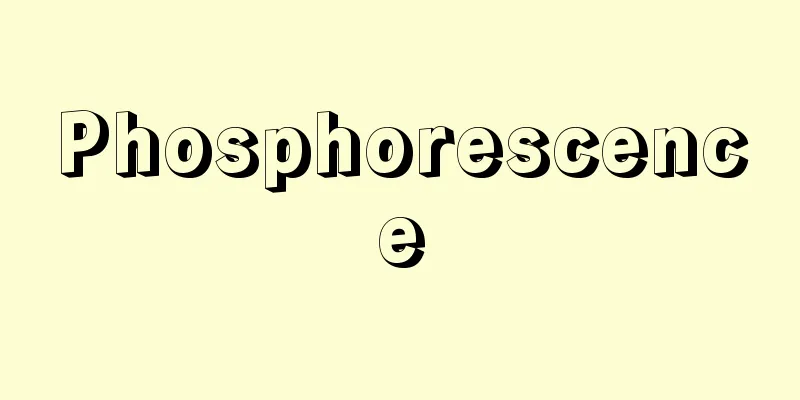Prometheus Desmotes - Bound Prometheus
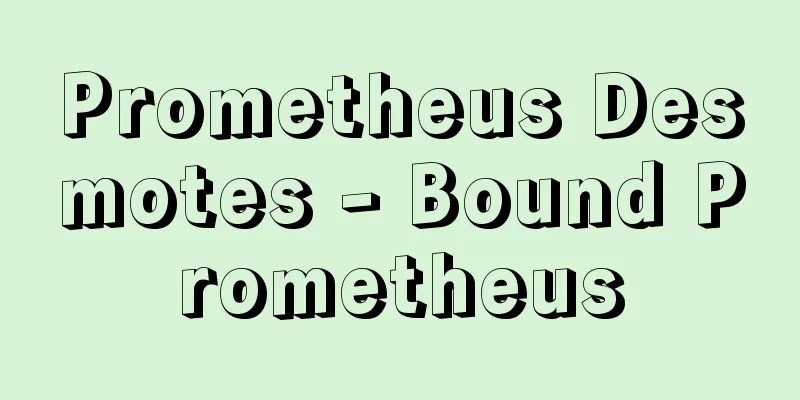
|
A tragedy by the great Greek tragic poet Aeschylus. The date of performance is unknown. It is based on the myth of Prometheus, which has often been taken up in modern European literature. After winning the battle against Cronus and the Titans and gaining control of the world, Zeus tries to destroy mankind, but Prometheus takes pity on him and gives fire to humans to save them from extinction. The play begins with Zeus being angry at Prometheus' philanthropic acts and tying him to a rock. Through dialogues with the chorus and Oceanus, Prometheus complains about the unjust humiliation he currently suffers and denounces Zeus's cruelty. After that, the maiden Io appears in a half-crazed state as the second victim of the tyrant Zeus, making Zeus' tyranny even more obvious. In the end, Prometheus does not succumb to Zeus' threats, maintains his resistance, and is thrown into the depths of Tartarus. This work depicts the conflict between Prometheus's kindness to humans and Zeus's tyranny, and while Prometheus' rebellious behavior has resonated with many people, it also contains many problems, as it is incompatible with the devout faith in Zeus who protects justice seen in Aeschylus' other works. "Prometheus Liberated" is the next work. It is unclear whether "Prometheus Bringer of Fire" is the first or third work in this "Prometheus Trilogy." Only fragments of these two works have been handed down. [Takao Hashimoto] "Complete Greek Tragedy I: Prometheus Bound, The Oresteia Trilogy, The Seven Generals Coming to Thebes" (translated by Go Shigeichi et al., 1960, Jinbun Shoin) Source: Shogakukan Encyclopedia Nipponica About Encyclopedia Nipponica Information | Legend |
|
古代ギリシアの大悲劇詩人アイスキロスの悲劇。上演年代は不明。近代のヨーロッパ文学でもしばしば取り上げられたプロメテウス神話を素材にしている。クロノスとティタンたちとの戦いに勝って世界の支配権を握ったゼウスは人類を滅ぼそうとするが、これを憐(あわ)れんだプロメテウスが人間に火を与えて滅亡から救った。ゼウスはプロメテウスの博愛的行為に怒って彼を岩山に縛り付ける場面から舞台が始まる。合唱隊との対話、オケアノスとの対話を通して、プロメテウスは現在の自分が受けている不当な屈辱を訴える一方、ゼウスの暴虐非道を非難する。そののち、暴君ゼウスの第二の犠牲者として乙女イオが半狂乱の姿で現れ、ゼウスの専横がいっそうあからさまに示される。最後には、プロメテウスはゼウスの脅迫にも屈せず、その抵抗の姿勢を貫き、タルタロスの谷底に投げ込まれる。この作品は、プロメテウスの人間への好意とゼウスの専制横暴とを対立的に描き、プロメテウスの反抗の姿は多くの人々の共感をよんでいるが、アイスキロスの他の作品にみられる正義を守るゼウスへの敬虔(けいけん)な信仰とは相いれない面もあり、いろいろと問題を含んでいる。『解放されるプロメテウス』はこれに続く作品。『火をもたらすプロメテウス』がこの「プロメテウス三部作」のなかで第1作か第3作になるのかは不明。この2作は断片のみが伝わっている。 [橋本隆夫] 『呉茂一他訳『ギリシア悲劇全集Ⅰ 縛られたプロメーテウス・オレステイア三部作・テーバイに向かう七将』(1960・人文書院)』 出典 小学館 日本大百科全書(ニッポニカ)日本大百科全書(ニッポニカ)について 情報 | 凡例 |
Recommend
anhinga
…A general term for birds belonging to the Anhing...
Ibuki Island
It is an isolated island located in the Hiuchi Na...
Bandori Incident - Bandori Incident
An uprising that took place in October and Novemb...
Kamado (stove) - Kamado
A facility used for cooking food. 【China】 In the N...
Elixir - Elixir
〘Noun〙① A medicine that is said to turn the drinke...
Bahía Blanca (English spelling)
A port and industrial city on the Atlantic coast o...
Hemianopsia - Hemianopsia
... Hemianopsia is when the right or left half of...
Vocal cords -
The vocal cords are a pair of mucous membrane pro...
Drying limit
The condition used by German meteorologist and cl...
Precipitation indicator
...The compounds shown in Table 3 emit different ...
Scarlet fever
What kind of infection is it? Group A Beta-hemoly...
Mitsutoyo Kanjuji
Year of death: October 27, 1612 (November 19, 1612...
Trypsinogen
…One of the digestive enzymes, a proteolytic enzy...
Ticket sales - baikken
A document given by a seller to a buyer when buyi...
aspect
…Aspect is a grammatical category of verbs, and r...
